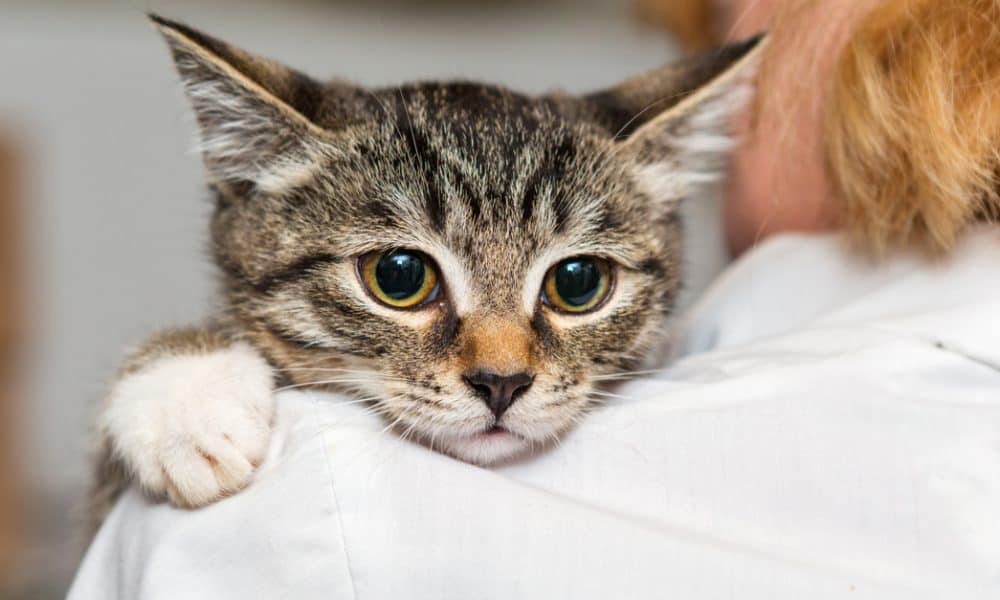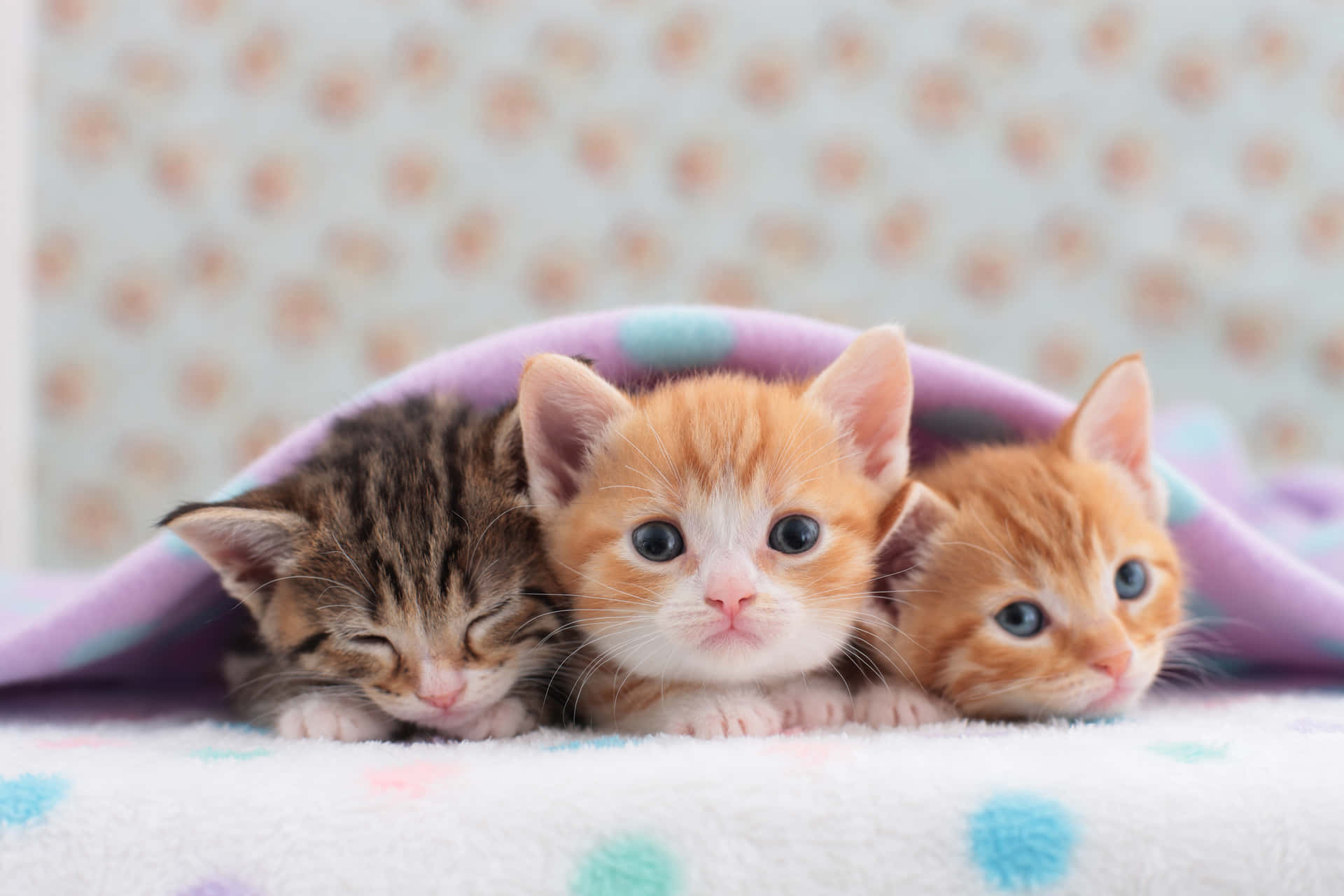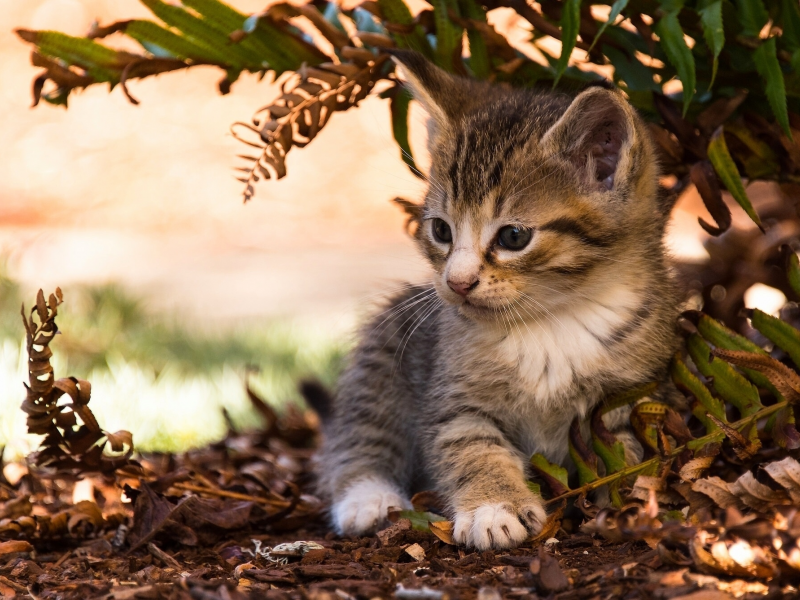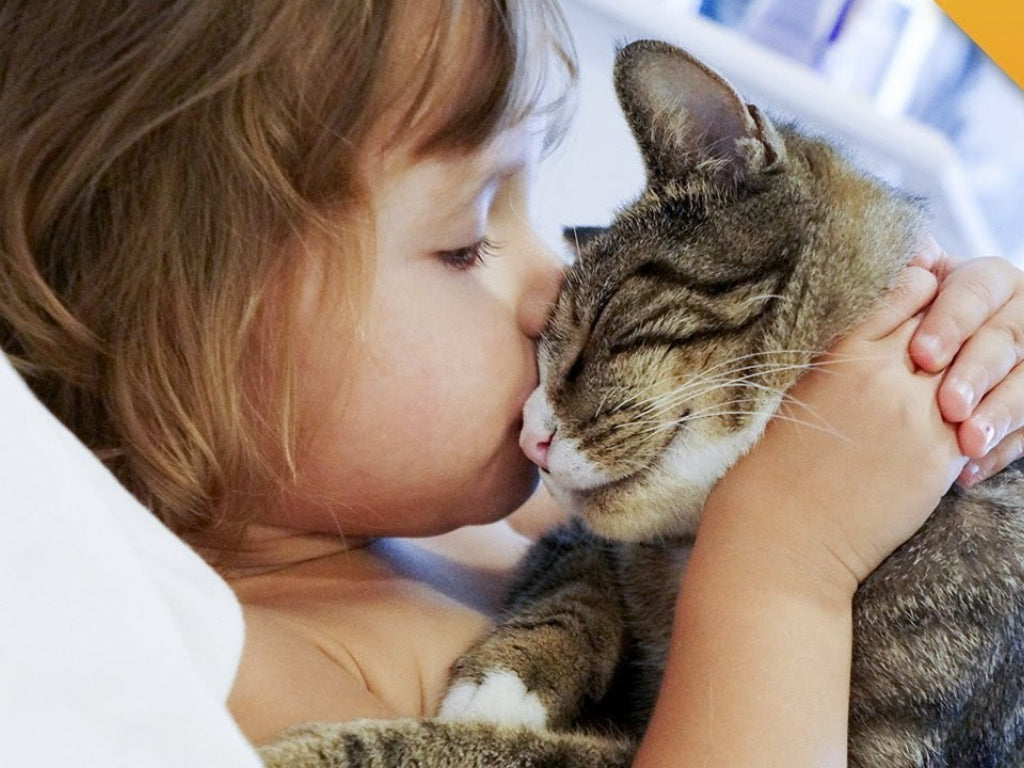Industries
Hey there, fellow pet lovers! If you're reading this, chances are you're a dedicated pet parent like me, always looking out for the health and well-being of your furry family members. Today, I want to talk to you about something that might not be the most dinner-table-friendly topic but is incredibly important for both you and your pets: Toxoplasma gondii, or simply Toxo.
Toxo is a tiny parasite that can potentially affect both humans and our beloved pets. It's essential to understand how it works and what you can do to protect your pets from it. We'll discuss things like how cats can get Toxo (yes, it's often associated with our feline friends), how it can impact pregnancy, and even ways to reduce the risk of infection in your household.
So, whether you're a cat lover, a dog enthusiast, or have a whole menagerie of pets at home, this information is for you. Let's make sure our pets stay healthy and happy by learning more about Toxo and how to keep it at bay.

Part 1: How Toxoplasma Spreads
If you're here, it means you're passionate about your furry friends just like me. Today, let's discuss something important, yet often overlooked – Toxoplasma gondii, or simply Toxo.
Now, don't worry, we won't dive into complex microscopy or brain MRI stuff. We'll keep it simple and practical, so you can protect your pets effectively.
Toxo is a tiny parasite, and knowing how it spreads is crucial for your pet's well-being:
1. Cat Connection:
- Toxo is often associated with cats. It can be transmitted through contact with infected cat feces. While this might sound alarming, it's essential to understand that not all cats shed Toxo, and proper litter box hygiene can greatly reduce the risk.
2. Raw Meat:
- Cats can also get Toxo by consuming infected rodents or birds. So, if you feed your cat raw meat or they hunt, there's a potential risk.
3. Environment:
- Outdoor cats are more likely to encounter Toxo, especially if they roam freely. The parasite can survive in the environment, so it's essential to keep your cat's living area clean.
4. Pregnancy:
- Pregnant women should be cautious around cats, especially if they're handling cat litter. Toxo can be harmful to the developing fetus.
5. Food and Water:
- In rare cases, Toxo can be transmitted through contaminated food or water. It's always a good idea to handle pet food safely.
Keep in mind that Toxo can infect not only cats, but humans as well. Therefore, preventing toxo infection is not only the protection of pets, but also the protection of yourself and your family. In the following sections, we'll discuss how to protect your pets and yourself from the potential harm of Toxoplasma gondii. stay tuned!

Part 2: Protecting Your Pets
Alright, let's discuss how to keep our furry companions safe from Toxoplasma gondii, or Toxo. It's crucial to take practical steps to protect our pets.
1. Cat Care:
- Keep the litter box clean: Regularly scoop and change your cat's litter to reduce the risk of contamination. Wear gloves and wash your hands afterward.
- Indoor cats: Consider keeping your cats indoors to minimize their exposure to potential sources of Toxo, like infected prey.
2. Feeding Practices:
- Cook or freeze meat: If you feed your cat raw meat, freeze it first to kill any potential Toxo cysts. Thoroughly cook meat before offering it to your feline friend.
3. Prevent Hunting:
- Cats love to hunt, but it can expose them to Toxo. Try using interactive toys and playtime to satisfy their hunting instincts without the risk.
4. Environmental Hygiene:
- Clean and disinfect: Regularly clean your pet's living area and any areas where they might have contact with outdoor soil.
- Wash your hands: After handling your cat or cleaning their litter box, wash your hands thoroughly with soap and water.
5. Pregnancy Precautions:
- If you're pregnant or planning to become pregnant, have someone else handle the litter box or wear gloves and wash hands thoroughly if you must do it yourself.
6. Regular inspection:
- Since pets do not have obvious symptoms in the early stages of TOXO infection, we cannot observe them directly. The best way is to use the Toxo rapid test reagent to check your pet regularly. Minimize the risk of TOXO infection.
By following these practical tips, you can significantly reduce the risk of Toxo infection in your pets. Remember, a little prevention goes a long way in keeping your furry family members happy and healthy. Stay tuned for the next section, where we'll discuss how to protect ourselves from Toxo when we're pet parents.

Part 3: Protecting Yourself and Your Family
As pet parents, our furry companions bring us joy, but it's essential to ensure the health and safety of our entire family, including ourselves. In this section, we'll delve into how to protect yourself and your loved ones from Toxoplasma gondii (Toxo).
1. Good Hygiene Practices:
- Thorough handwashing is your best friend. After handling your pets, their litter, or cleaning their living spaces, wash your hands with soap and water for at least 20 seconds.
- Avoid touching your face, especially your mouth and eyes, when handling pets or their belongings.
2. Handling Cat Litter:
- If you're responsible for cleaning your cat's litter box, wear disposable gloves. Dispose of the gloves after each use and wash your hands.
- Clean the litter box daily to reduce the risk of Toxo oocyst contamination.
3. Food Safety:
- Toxo can also be transmitted through undercooked or raw meat. Practice safe food handling by cooking meat to safe temperatures and avoiding cross-contamination.
4. Avoiding Contact with Strays:
- While we all want to help stray animals, it's best to avoid direct contact with them. Strays may have a higher risk of carrying Toxo.
5. Routine Veterinary Care:
- Keep your pets healthy by scheduling regular veterinary check-ups. A healthy pet is less likely to shed Toxo.
6. Pregnancy Precautions:
- If you or someone in your household is pregnant, follow the precautions outlined in Part 3 to minimize the risk of Toxo infection during pregnancy.
7. Symptom Awareness:
- Familiarize yourself with the symptoms of Toxo infection, which can vary widely. If you or a family member experiences any concerning symptoms, consult a healthcare professional.
By adopting these simple yet effective practices, you can significantly reduce the risk of Toxo transmission to your family. Remember, responsible pet parenting is not just about caring for your pets; it's about ensuring the well-being of everyone in your home.
Stay tuned for the concluding part, where we'll wrap up our discussion on Toxo and provide some final thoughts for responsible pet parenting.

Part 4: Dealing with Toxo - Symptoms and Treatment
Now that we've covered how to protect your beloved pets from Toxoplasma gondii (Toxo), let's explore what to do if you suspect your pet might be infected or if they show any symptoms.
1. Recognizing Toxo Symptoms in Pets:
- Cats:Toxo symptoms in cats can vary but may include lethargy, loss of appetite, fever, and respiratory issues. Severe cases can lead to neurological problems.
- Dogs: Although dogs are less commonly affected, they may experience muscle weakness, seizures, and respiratory problems. Symptoms can mimic other illnesses, so it's crucial to consult a vet.
2. Further confirmation:
- If you find that your pet has abnormal behavior or symptoms of being infected with TOXO, please use the TOXO rapid test kit immediately. It can be tested at home. It is simple to operate and the results will be known in just 5 minutes.
3. Treatment:
- If your pet's test result is positive, please seek help from a pet hospital immediately. Medications can help control the infection and relieve symptoms. Follow your veterinarian's instructions strictly. After veterinary treatment, in order to confirm whether the TOXO in the body is completely eliminated, we should use the TOXO rapid test reagent at home to confirm.
4. Prevention for Humans:
- It's important to note that Toxoplasma gondii can be spread from infected pets to humans, especially if you have a weakened immune system. When handling pets and their waste, follow good hygiene practices, such as washing your hands thoroughly.
5. Toxo in Pregnancy:
- If you're pregnant and have concerns about Toxo, discuss them with your healthcare provider. They can provide guidance on how to minimize risks during pregnancy.
Remember, most pets will have no symptoms in the early stages of Toxoplasma infection, so it is extremely important to get regular checkups and get the condition under control as early as possible. In the next section, we’ll dive into how to protect yourself and your family, especially if you’re expecting a new member of the family. Stay tuned for more practical advice!

Part 5: Welcoming the new member of the family
There are many ways to spread Toxoplasma gondii, and pets that have lived outside for a long time are highly likely to be infected. Moreover, most pets infected with TOXO are asymptomatic in the early stage.
We cannot directly observe whether they are infected.
Therefore, before bringing a new pet home, please do a TOXO examination first. You can go to the pet hospital for examination, but we recommend you to use TOXO rapid testing reagents for testing, because you can test at home, the operation is simple, and you only need to wait 5 minutes to know the result, the accuracy rate is over 99%.You don’t have to travel to a pet hospital and wait in long, expensive lines to get results.
In summary, giving your new pet a Toxo exam is a responsible step to evaluate his or her health, protect the health of your family and other pets, and make an informed decision about his or her care.

Conclusion: Safeguarding Our Pet Companions
As we wrap up this Toxo journey, keep in mind that being a responsible pet parent is about love, care, and ongoing learning. With your dedication, you're providing the best possible life for your pets.
Now, go give your furry friends an extra cuddle, knowing you're armed with the knowledge to keep them healthy and happy. Thank you for being a fantastic pet parent, and here's to many more years of joyful companionship with your beloved pets!



